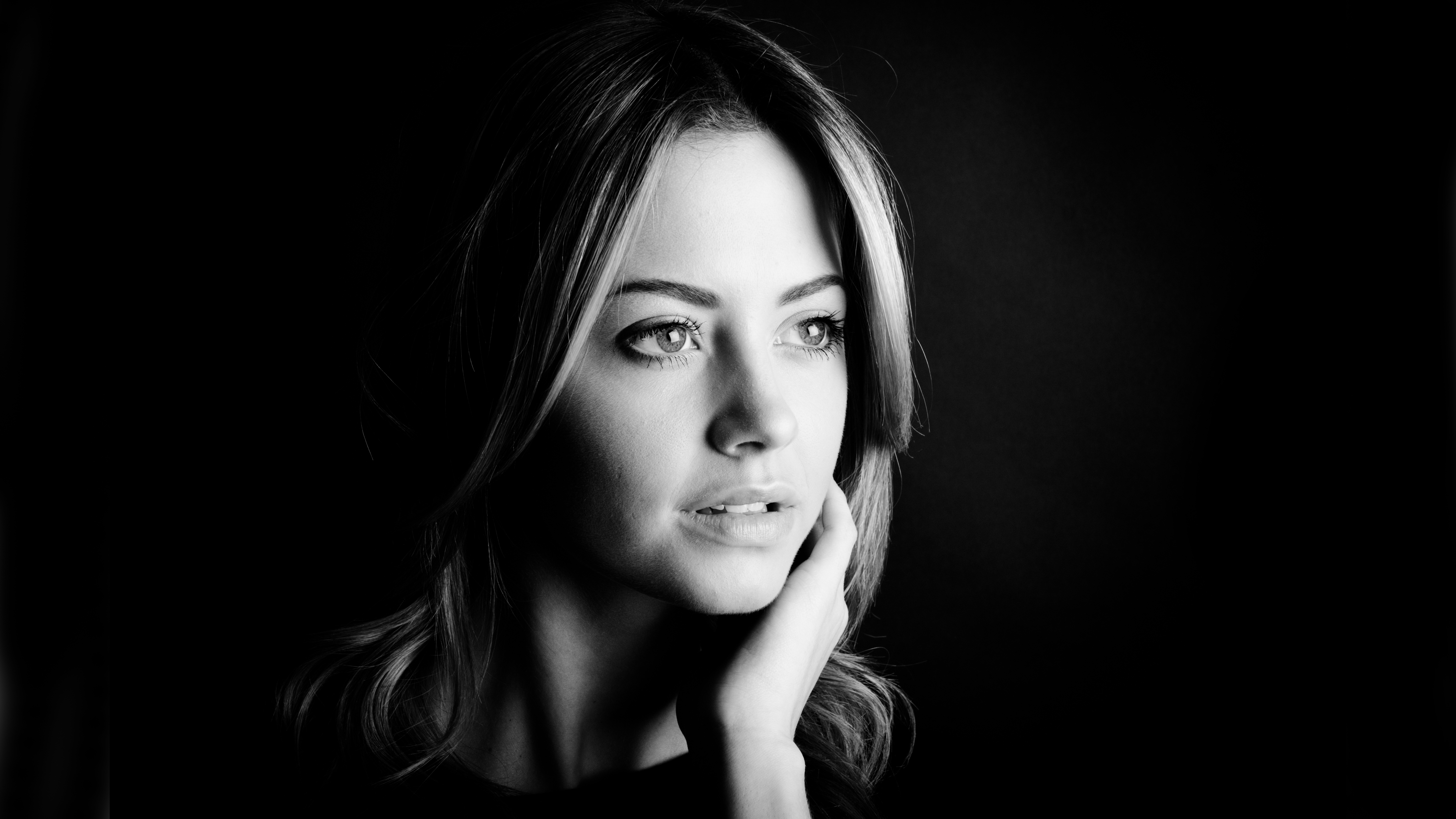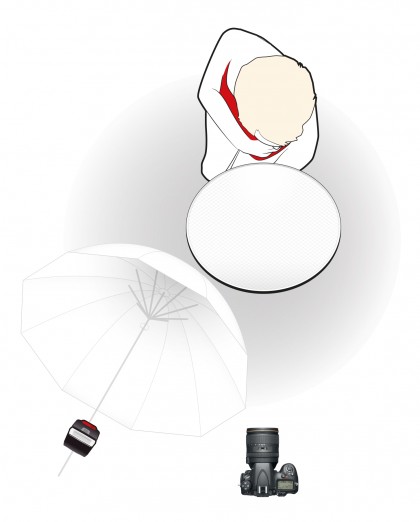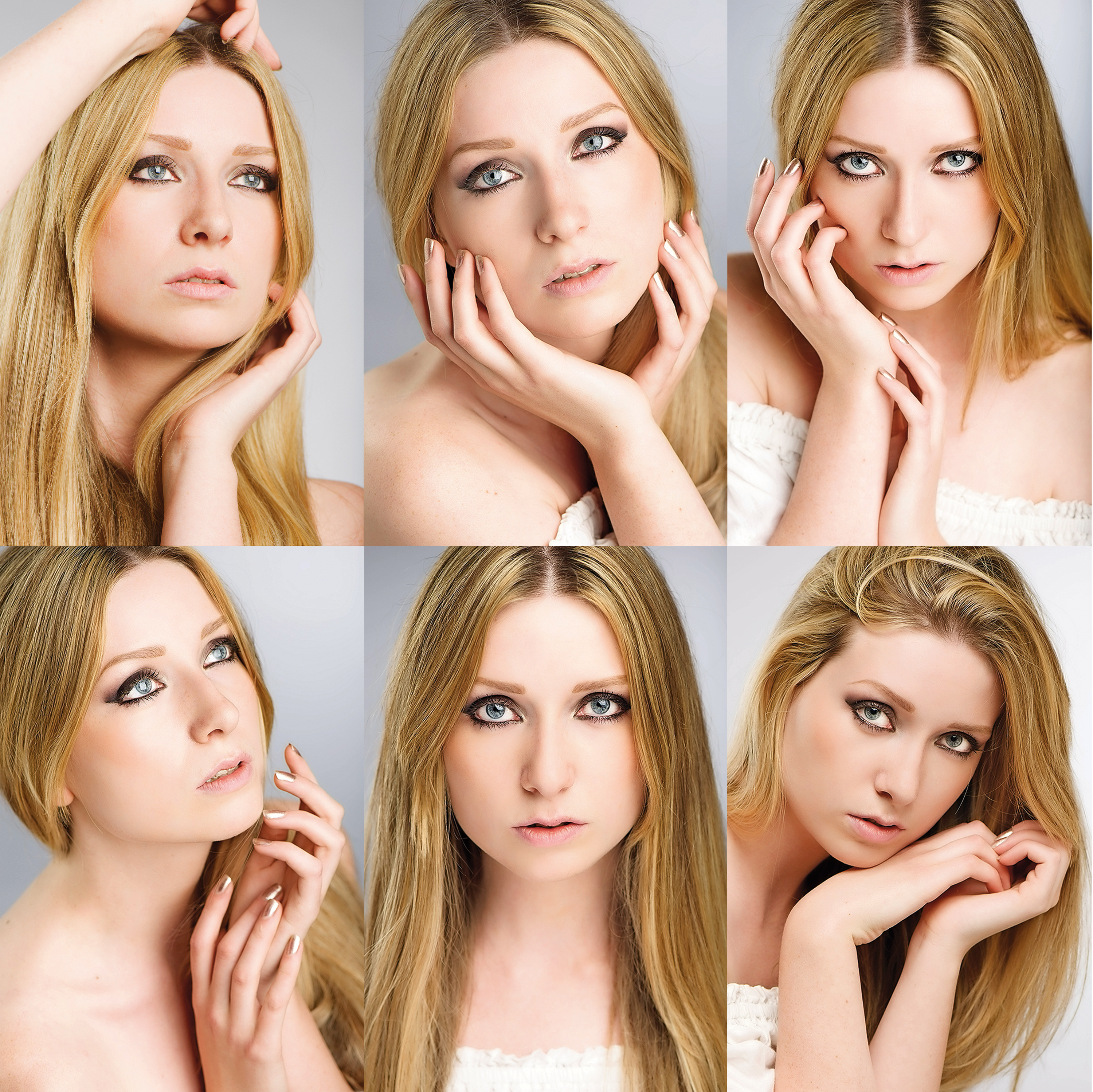Essential ideas, tips and techniques to transform your portrait photography
Improve your portrait photography with our expert guide

Portraiture is the photography genre that keeps on giving, as there are always new skills to learn, new faces to shoot and new looks to achieve.
If you're new to portrait photography or stuck for inspiration, our essential guide has loads of portrait photography ideas for you to try. It takes you through setting up your camera, lighting for both inside and outside portraits, editing and much more.
1. Master the headshot

From the neck down, one person may be indistinguishable from another. It's what's up top that marks us all out as individuals. Our faces are our most expressive feature; a good headshot should celebrate this.
Compared to some kinds of portrait, the humble headshot might seem a tad rudimentary. But there's an art to getting it right, and it's an important feather in any portrait photographer's bow.
In some ways a headshot is a simple thing: you needn't think too much about composition or the background, as the head dominates the frame. But simplicity brings its own challenges, as it means you need to get the basics of lighting, depth of field and focal length absolutely spot-on. There's nowhere to hide with a headshot.
However, the technicals are secondary here. More importantly, we need to coax something interesting out of our subject...
Headshots: Depth of field

Wide apertures restrict depth of field and lead to blurred backgrounds – but how wide do you need to go? You might think f/5.6 – the typical maximum aperture of a standard kit zoom – is fairly wide, but for beautiful blur it's often not wide enough. As such, a prime lens with a wide maximum aperture like f/2 can prove useful for portraits.
Sign up for breaking news, reviews, opinion, top tech deals, and more.
- Learn more: The A to Z of Photography: Aperture
Headshots: Lighting

If you're using natural light, a window or shady spot is ideal for headshots. However, a flash kit will give pro results. A home studio kit is ideal, along with a plain wall or white sheet for the background. For a simple, attractive 'clamshell' lighting design, position one light (ideally fitted with a softbox or umbrella) above the face and camera, with a reflector held below the chin to bounce light back upwards. If you're using a second light, direct it onto the backdrop.
Headshots: Exposure settings
When the subject is moving (as people almost always are), you're restricted to faster shutter speeds. Here's a good stock setting for outdoor headshots: set Manual mode, Auto ISO with shutter speed at 1/250 sec and the aperture at its widest setting, such as f/4. With flash, use a similar setting but with ISO 100. Take test shots to work out the best pairing of aperture and flash power.
Headshots: Posing the head

Even small adjustments can have a big impact on the look of the face. All subjects are different, but in general a slightly side-on stance works well. As you can see here, asking the subject to roll back their shoulders and push their head forwards slightly will tighten the skin and reduce double-chins. Camera height is important too: having the camera level with the eyes creates a strong connection. As with any portrait, it's vital to put the subject at ease, so chat to them as you shoot, perhaps put some music on to help them relax and, vitally, offer lots of encouragement.
- Learn more: Posing guide: 54 portrait ideas